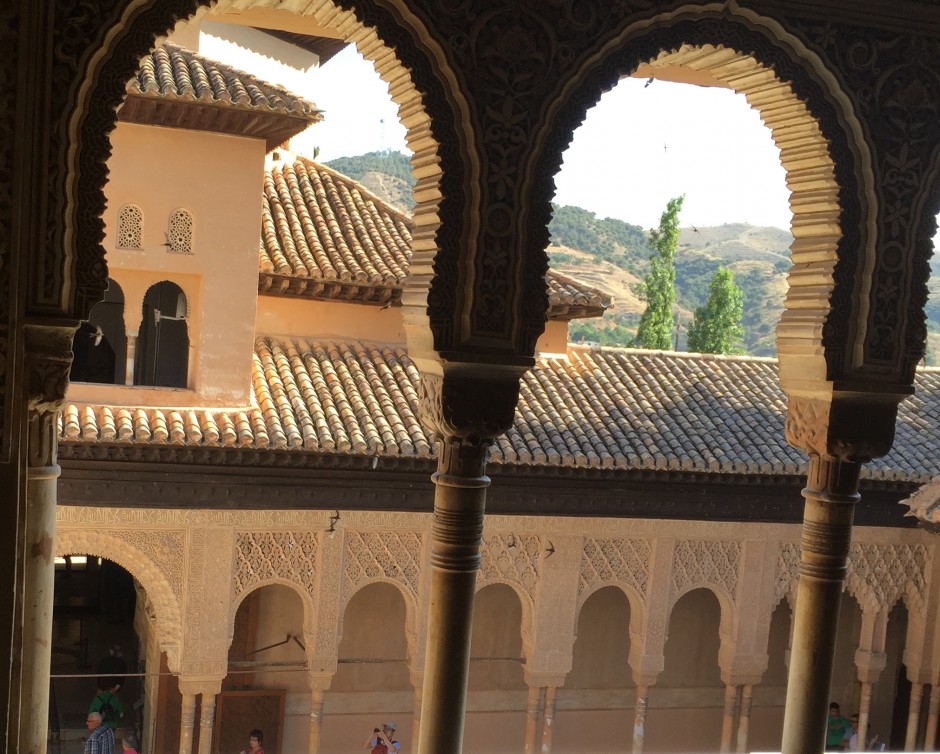Background Information
- This narrative showcases the life of Muhammad ibn Abi Amir, a powerful courtier who took the title of caliph from the previous caliph’s young son. He adopted the title of al-Mansūr meaning “the victorious” which complemented his military leadership. During his reign he led over fifty campaigns and raids into Christian territory. He was a great military hero, but after his death the Umayyad rule came to a quick end and was replaced by the Taifa states.
Ode in Praise of al-Mansūr’s victory
- This poem was written by Ibn Darrāj al-Qastalli who is considered one of the most famous poets of Muslim Spain. He was apart of al-Mansūr’s court and soon became his main poet. In this poem, he praises the caliph’s military victory over the Christians. He speaks as though he believes that Islam supports religious military raids, for example in the line when he says, “if it is called a conquest on Earth, its nickname is the fulfillment of grace” (pg 97). The poem condemns the Christians and praises Islam and al- Mansūr’s actions as a caliph.
Latin Account of al-Mansūr’s Raid
- This is a Latin description of al-Mansūr’s raid written in France during the twelfth century. This text is written from the perspective of the Christians. The text describes one of al-Manūr’s raids in a Christian church. It is said the Christians were defeating him and his men thus al-Mansūr cried out “Oh God of the Christians, I will renounce my god Muhammad and will not come again to the land of great St. James bent on taking booty” (pg 99).
- I think this text relates to the “Leer la Alhambra” reading because it shows the importance of churches/mosques as a safe place for its followers. This buildings had to be created with the knowledge that intruders would come, hence why the Alhambra is fortified with the Alcazaba.
How do these readings relate to our discussions?
- At first glance, I found it a little difficult to relate these readings to the Puerta Vichez readings since it so heavily describes the architecture in the Alhambra. One thing which did strike my eye though was how in the story of al-Mansūr’s raid the Christians were protected by God in their church – their safe place. This made me think of the poetic inscriptions written on the walls of the Alhambra which are described in the Puerta Vichez readings. Even though the whole structure of the Alhambra is not a mosque or a place of worship, it has holly inscriptions written throughout its wall. Maybe these writings were meant to keep God close, maybe these writings made the Alhambra a safe place for those who lived inside of it – similar to how the church in the story above was a safe space for the Christians and how God protected them in this space.
Constable, Olivia R, and Damian Zurro. Medieval Iberia: Readings from Christian, Muslim, and Jewish Sources. Philadelphia: University of Pennsylvania Press, 2012. Print.
